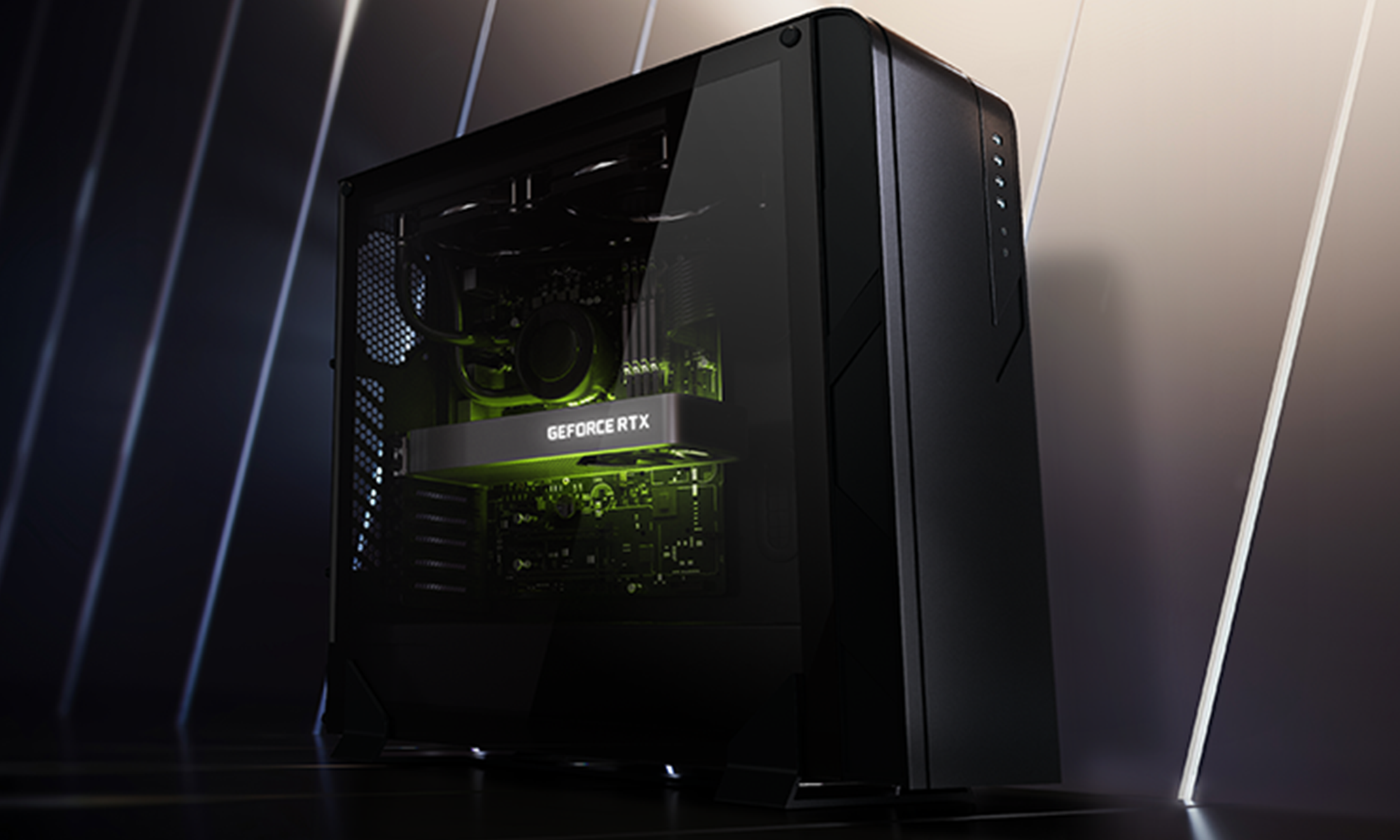Nvidia (NVDA 1.55%) has accomplished a lot over the past three years. The company launched its Hopper chip architecture back in 2022, delivered a 300% gain in annual revenue since that product release, joined the elite Dow Jones Industrial Average -- and even scored the best performance in the index last year -- and released its new Blackwell chip architecture in recent months. And these are just a few highlights along the top artificial intelligence (AI) chip designer's path.
It's clearly been an exciting time for Nvidia and the company's investors. And now, considering these action-packed few years, investors have been asking themselves a simple question: What's next for Nvidia? Forecasts show this AI boom may be in its early stages, with analysts predicting today's $300 billion market may reach more than $2 trillion in the coming years. And as the AI chip market leader focused on innovation, Nvidia should see business soar.
Of course, the company may meet with challenges too -- such as the current restrictions on exports of its chips to China or competition from rivals. Where will Nvidia be in three years? Let's find out.

Image source: Getty Images.
From video games to AI
As mentioned, Nvidia has come a long way in just three years as the AI boom accelerated. It's important to remember, though, that we're not talking about a young company taking its first successful steps. Chief Executive Officer Jensen Huang founded Nvidia more than 30 years ago, and in its early years, the company primarily served the gaming market with its high-powered graphics processing units (GPUs).
The revenue opportunity multiplied as the company realized the potential of its GPUs and made it possible for them to serve other industries. And revenue truly took off as these GPUs became an integral part of the AI revolution. As key tools powering the inferencing and training of models, they have helped Nvidia generate double- and triple-digit earnings growth -- and reach a record $130 billion in revenue last year. On top of this, Nvidia has built an entire portfolio of AI products and services, further cementing its leadership in this growth industry.
Now, let's consider what's next for the company. Nvidia recently launched its Blackwell architecture and chip to great demand -- it's even exceeded supply -- and the platform offers improved performance, from increased speed to stronger networking options and system reliability. Nvidia has promised to update its AI chips and/or entire architecture on an annual basis, and it's set out a roadmap that leads through 2028.

NASDAQ: NVDA
Key Data Points
The release of new chips
At that point, we already will have seen the release of Blackwell Ultra, set for launch later this year, and then followed by the Vera Rubin architecture, Rubin Ultra, and the Feynman architecture. The releases will come on an annual basis. The company has said Blackwell Ultra will supercharge training and test-time scaling inference (this involves applying more compute to achieve better results) and has emphasized how each new release will add to efficiency and lower total costs over time for users.
So, three years from now, Nvidia will be generating revenue from Rubin Ultra, getting ready for the Feynman launch, and likely working on an even more advanced chip for release the following year.
The company also might be producing more in the U.S. thanks to its recent investment in two U.S. factories. This effort might result in greater efficiency, especially when serving U.S. customers, though it will be important to keep an eye on costs and see how this production in the U.S. will impact gross margin.
Nvidia also may see a tremendous boost in sovereign AI business as countries around the world build out their own AI infrastructure and turn to Nvidia for help. The company recently said it struck a deal to sell 18,000 of its Blackwell chips to Humain, a company in Saudi Arabia. We could see more and more of these agreements in the years to come.
Potential headwinds
All of this should help Nvidia to continue significantly growing revenue. Of course, some of Nvidia's customers, like Amazon, have built their own chips, and Nvidia faces rivals like Advanced Micro Devices. But I don't think these represent threats to Nvidia's growth. Nvidia's lead when it comes to innovation may continue to make it the leading chip used by its customers.
Export restrictions to China are another hurdle, but it's important to note that most of Nvidia's revenue is generated in the U.S. So even in the worst-case scenario, with zero exports to China, Nvidia's growth is unlikely to stall. And it's possible that governments of the two countries will find an agreement that won't completely exclude Nvidia from the Chinese market.
All of this means there's reason to be optimistic that three years from now, Nvidia will continue to wow investors with revenue growth and strong margins as it becomes even more efficient, handling new releases on a yearly basis. And that's why, even after Nvidia's spectacular gain over the past few years, the stock still makes a great buy now.





